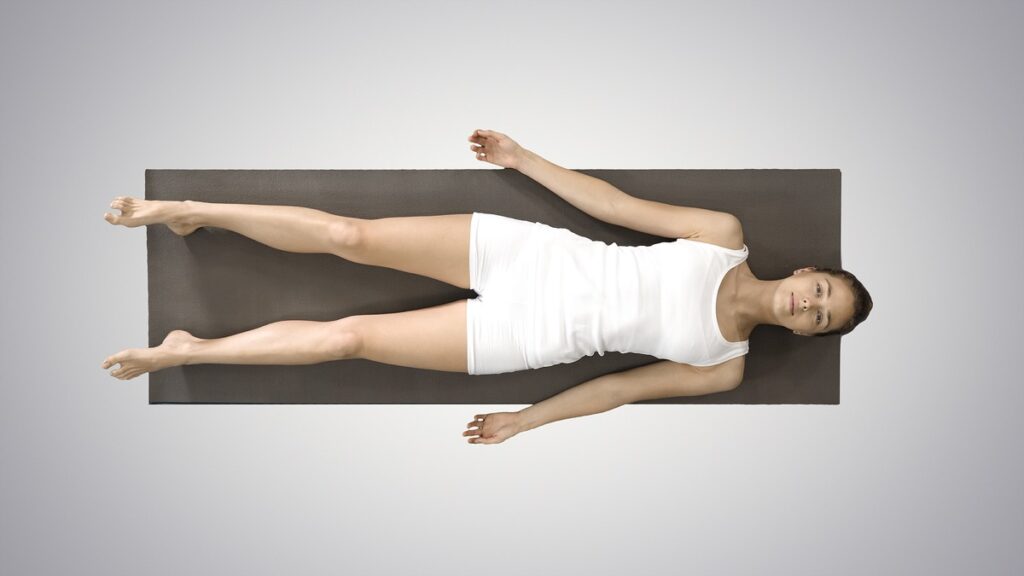Anxiety is a common challenge many of us face, whether it’s triggered by stress, worry, or overwhelming circumstances. It can affect both the mind and body, causing restlessness, tension, rapid heartbeats, and racing thoughts. Breath work is an accessible and powerful tool for calming anxiety by engaging the body’s natural relaxation response. In this post, we’ll explore how breath work can help manage anxiety and provide practical techniques to get started.
What is Breath Work?
Breath work refers to a variety of breathing exercises designed to improve mental, emotional, and physical well-being. By paying attention to your breath, you can regulate your nervous system and shift your emotional state. Some common forms of breath work include:
- Deep Belly Breathing: Filling the lower lungs with air by expanding the belly.
- Box Breathing: A structured pattern of equal-length breaths.
- 4-7-8 Breathing: A relaxing method that lengthens the exhale.
- Resonant Breathing: Breathing at a pace of 5-6 breaths per minute to promote balance.
These techniques are simple but effective, making them great tools for managing anxiety anytime, anywhere.
The Impact of Anxiety on the Body
When anxiety hits, the body often reacts with a stress response, commonly known as the “fight-or-flight” response. This can cause symptoms such as a faster heart rate, shallow breathing, muscle tension, sweating, and a sense of panic or unease. Chronic anxiety can keep your body in this state of high alert, leading to exhaustion, physical discomfort, and more intense emotional distress.
Breath work helps by directly engaging the parasympathetic nervous system, which promotes relaxation and counteracts the stress response. By consciously altering your breath, you can create a calming effect on both the mind and body.
How Breath Work Can Help with Anxiety
- Calms the Nervous System
By slowing your breath, you activate the parasympathetic nervous system, signaling to your body that it’s safe to relax. This can lower your heart rate and reduce stress hormones like cortisol. - Shifts Focus Away from Stressors
Focusing on the rhythm of your breath can pull you out of anxious thought loops and into the present moment, helping you manage racing thoughts and intrusive worries. - Improves Mind-Body Awareness
Breath work encourages you to tune in to your body, helping you notice where tension is stored. This awareness can guide you to release physical tension and let go of stress. - Increases Emotional Resilience
Regular breath work can help you build emotional resilience by training your mind and body to remain calm in the face of stressors. It can also create a buffer against future anxiety by reinforcing relaxation pathways in the brain. - Enhances Oxygen Flow
Deep, intentional breathing helps increase oxygen flow to the brain and body, promoting clearer thinking and reducing physical fatigue that can accompany anxiety.
Simple Breath Work Techniques for Anxiety
Here are several approaches on how to use breathwork to quell anxiety.
Box Breathing
- Inhale for 4 counts.
- Hold your breath for 4 counts.
- Exhale for 4 counts.
- Hold your breath for 4 counts.
- Repeat for 5-10 rounds to stabilize emotions.
4-7-8 Breathing
- Inhale quietly through your nose for 4 counts.
- Hold the breath for 7 counts.
- Exhale slowly and completely through your mouth for 8 counts.
- Use this technique to settle anxiety before bed or during moments of high stress.
Diaphragmatic (Belly) Breathing
- Sit or lie down comfortably with one hand on your chest and the other on your belly.
- Breathe in deeply through your nose, allowing your belly to rise as you fill your lungs.
- Exhale slowly through your mouth, letting your belly fall.
- Practice for 5-10 minutes daily to build a sense of calm.
Resonant Breathing
- Inhale slowly for 5 seconds.
- Exhale slowly for 5 seconds.
- Maintain a steady rhythm, aiming for about 6 breaths per minute.
- This method helps synchronize heart rate and breath, promoting a balanced state of mind.
Pursed-Lip Breathing
- Inhale deeply through your nose.
- Exhale slowly through pursed lips, as if you are blowing out a candle.
- Extend the exhale to be longer than the inhale to encourage relaxation.
- Repeat as needed to soothe nervous tension.
Creating a Breath Work Routine for Anxiety
Building a regular breath work practice can help you manage anxiety more effectively. Here are some tips to get started:
- Choose a Comfortable Setting: Find a quiet place where you feel at ease. Use cushions or a chair for support if needed.
- Start Small: Begin with just a few minutes of breath work each day, gradually increasing the time as you feel comfortable.
- Incorporate into Daily Life: Practice during breaks, before meetings, in bed before sleep, or when you start to feel anxious.
- Use Reminders: Set reminders on your phone or leave notes around your space to prompt you to pause and breathe.
- Experiment with Techniques: Different techniques work for different people. Experiment to find what suits you best.
Combining Breath Work with Other Anxiety-Management Techniques
While breath work is a powerful way to manage anxiety, it works best as part of a broader strategy. Consider combining it with:
- Mindfulness Meditation: Using breath work to enter a mindful state.
- Physical Activity: Exercise can release endorphins and reduce anxiety levels.
- Journaling: Writing down worries can help clear your mind.
- Professional Therapy: Consider seeking help from a therapist if anxiety feels overwhelming or persistent.
Resources for Further Exploration
- Books: “The Healing Power of the Breath” by Richard P. Brown & Patricia L. Gerbarg.
- Apps: Breathe, Calm, Headspace, Prana Breath.
- Websites: Visit websites like VeryWellMind.com or PsychologyToday.com for more articles on anxiety management.
- Guided: Contact us for a breathwork coach that can do private one on one sessions (in-person or virtual).
An Effective Tool for Anxiety
Anxiety can be overwhelming, but it doesn’t have to control your life. Breath work is a simple, accessible tool that you can use anytime to manage anxiety and find a moment of peace. Remember, there’s no right or wrong way to breathe—just experimenting with these techniques can be a step towards finding relie
Get Help
Book a call with a breathwork counsellor to see how you can benefit from breathwork while dealing with grief.


